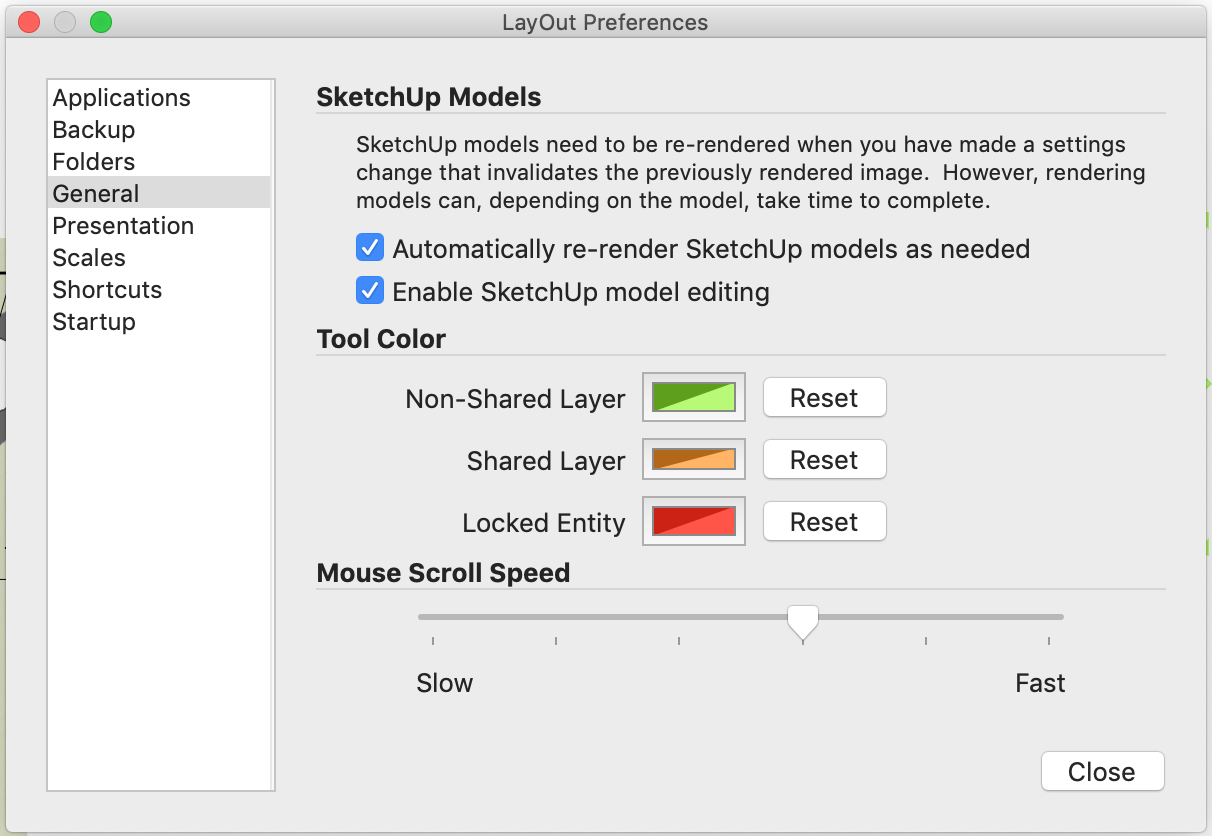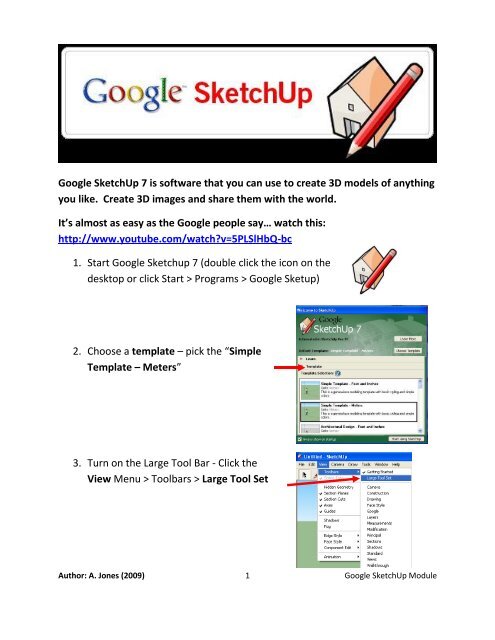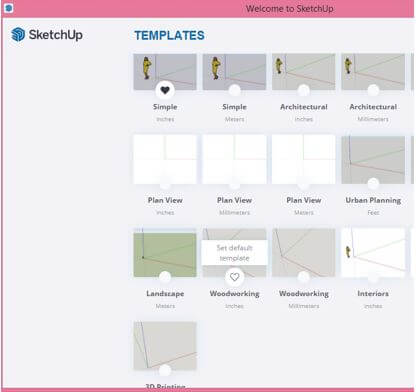

#Import templates into sketchup online software#
Bringing the STL file into your printer software and printing – that part is up to you.

When you’re ready to print, use File / Export STL, and you’re good to go. If you’re finding yourself unable to do certain things on certain faces, try erasing edges instead of hiding them. These edges could affect changes you want to make, such as punching holes through walls – Push / Pull won’t work on a face divided by hidden edges. You can still see them by choosing View / Hidden Edges. When making changes to your model, keep in mind that those hidden edges aren’t gone, they’re just hidden. Now you can customize the model, such as adding some 3D text. In the Soften Edges window, check both boxes and use the slider to hide all the extra edges. To hide the extra edges, simplifying your display, select everything and right-click on any selected face.

The extra edges you see are due to triangulation STL models consist only of triangular faces. If your model template has a large scale, and you don’t see anything appear, choose Camera / Zoom Extents to bring everything into view. Make sure you’re looking for files of STL format, and bring in the downloaded model.Īfter a bit of computing, which can take a while for complex, curvy, high-poly models, the converted objects come into SketchUp. There are lots of things you’d want to print as they are, but what if you want to personalize a model you find? To get the STL file (or files, for multi-part models) from Thingiverse, click the “Download This Thing!” button.ĭownload the STL, and in SketchUp, choose File / Import. (If you ever need 3D printing ideas, you can’t beat Thingiverse for range and scope). Import STLĪs an example, I found this simple little box on Thingiverse.
#Import templates into sketchup online how to#
This example will show how to find a generic box in STL format, bring it into SketchUp to personalize it, and export it back into STL for printing. This extension can also be used to import STL files into SketchUp. The SketchUp STL extension I discussed in Part 1 of this series can be used to export your 3D printable model in SketchUp into STL format, to be read by a 3D printer.


 0 kommentar(er)
0 kommentar(er)
